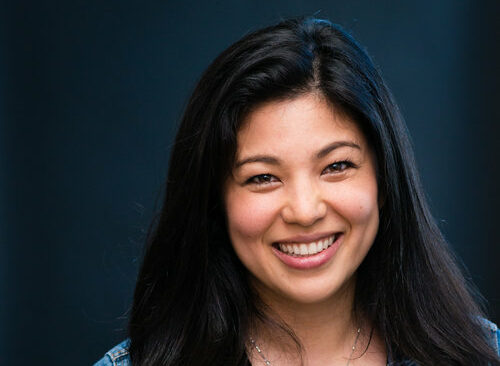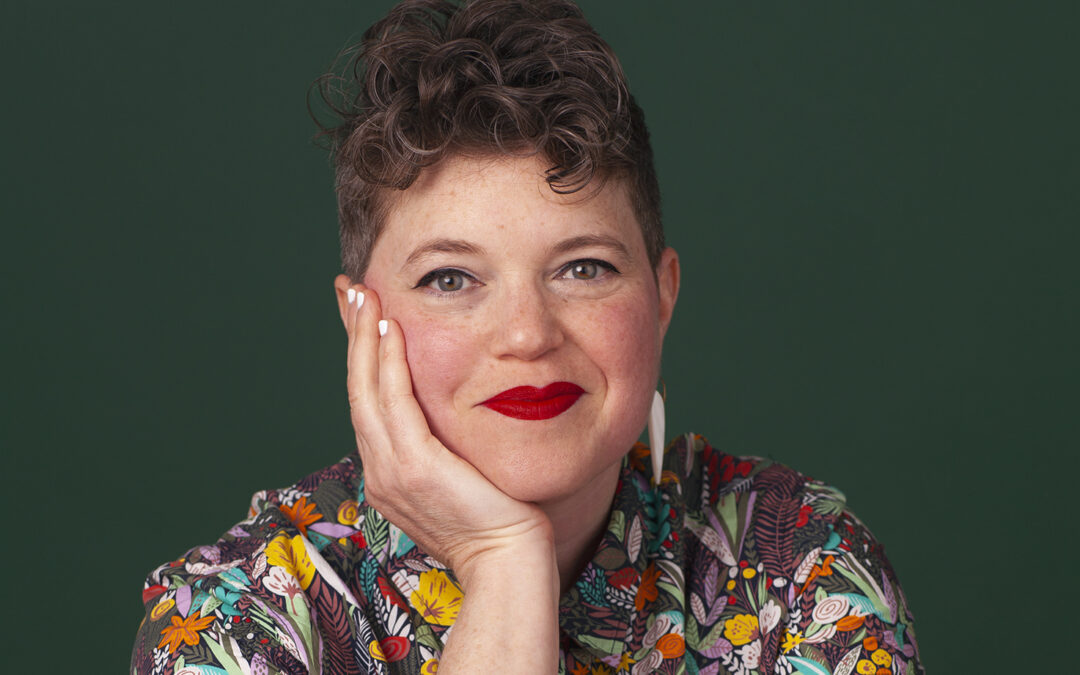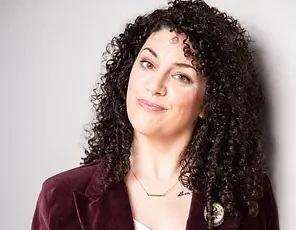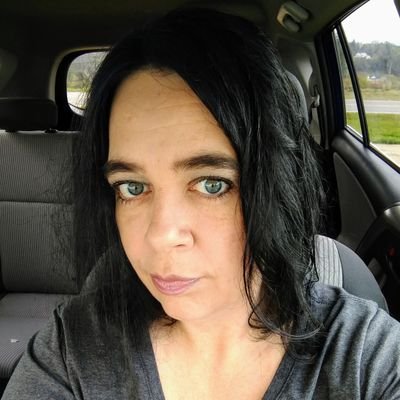
by Michele Kirichanskaya | May 22, 2024 | Blog
Maggie Tokuda-Hall has an MFA in creative writing from the University of San Francisco and a strong cake-decorating game. She is the author of the young adult novel The Mermaid, the Witch, and the Sea, an indie bestseller and recipient of the Northern California Book...

by Michele Kirichanskaya | May 10, 2024 | Blog
Temim Fruchter is a queer nonbinary anti-Zionist Jewish writer who lives in Brooklyn, NY. She holds an MFA in fiction from the University of Maryland, and is the recipient of fellowships from the DC Commission on the Arts and Humanities, Vermont Studio Center, and a...

by Michele Kirichanskaya | Apr 24, 2024 | Blog
Born and raised a voracious reader of anything she could get her hands on in rural Nova Scotia, Rose Sutherland has an overactive imagination and once fell off the roof of her house trying to re-enact Anne of Green Gables. She’s continued to be entertainingly...

by Michele Kirichanskaya | Apr 13, 2024 | Blog
F.T. Lukens (they/them) is a New York Times bestselling author of YA speculative fiction including the novels Spell Bound, So This Is Ever After and In Deeper Waters (2022 ALA Rainbow Booklist; Junior Library Guild Selection) as well as other science fiction and...

by Joe Corallo | Apr 6, 2024 | Blog
Today, April 6th is International Asexuality Day. To quote directly from their website, “IAD is a coordinated worldwide campaign promoting the ace umbrella, including demisexual, grey-asexual, and other ace identities.” We put together a round up of ace...






